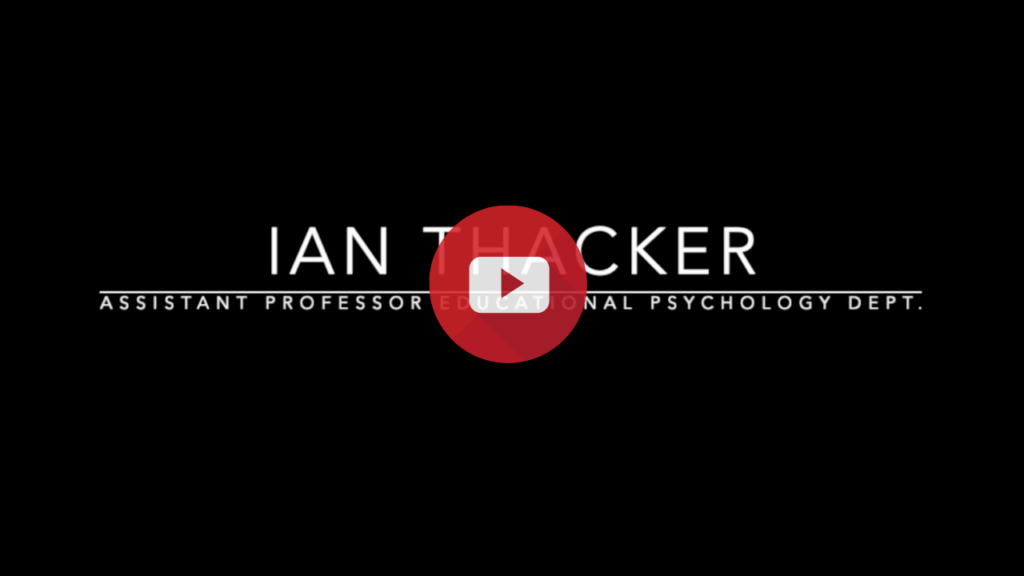Managing Big Projects
in Blog Post
By M. Sidury Christiansen, PhD
UTSA 2021-2022 Next-Gen Provost Fellow
Associate Professor, COEHD Bicultural Bilingual STD
This week our Teaching Tip comes from Ian Thacker, Assistant Professor in the Department of Educational Psychology. Ian teaches courses such as Psychology of Human Motivation, Statistics, and Quantitative Research Methods in Education.
Ian assigns big research projects in all of his classes, which he says are necessary in the formation of students’ future careers. Because the stakes of a big project are high, Ian makes sure to set the students up for success by breaking down the project and providing relevant feedback that is conducive to growth. One aspect of creating good assignments for big projects is to collaborate with colleagues, whether it is by creating projects with them or basing our own assignment sheets on colleagues with more experience and adapting such assignments to our own needs. Apart from creating a strong assignment sheet, there are some tips that Ian mentions that give students the necessary steps to complete a big assignment successfully.
Watch Ian explain these tips.
By including a lot of scaffolding, such as breaking the big assignment into mini-papers that lead up to the completion of the final project, students are able to obtain feedback at multiple points in the process. On the one hand, they receive feedback at every stage from the instructor who will not merely grade but indicate how the student can grow and improve a paper. On the other hand, Ian creates collaborative tasks that allow students to share their interests and also give feedback to each other. Another aspect Ian focuses on is the writing process. He helps students brainstorm, plan, outline, draft, and create a presentation as a means for students to collaborate, give and receive feedback from each other and from the instructor, and work on their final project. Ian emphasizes that any assignment sheet needs to have specific goals and provide examples, but it should not be too rigid as that would allow students to be creative about their work. One of the tools that Ian is using to foster student collaboration is Padlet, a tool that has helped him create a community where students can see each other’s interests, form groups, and bounce ideas off one another. He also uses discussion boards and other collaborative tools inside Blackboard.
Check out tools licensed by UTSA such as Padlet, Microsoft Office online, and Adobe Creative Cloud products, all of which are free to use for faculty and students.
For More Review:
Tags: assignment best practices, big projects, discussion boards, Group Projects, Padlet, peer feedback, research projects, scaffolding, Student Presentations


